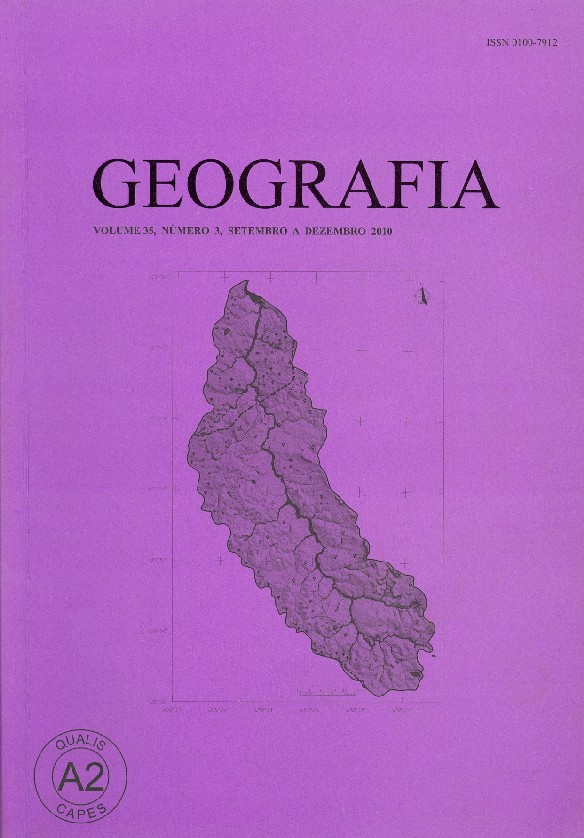DINÂMICA DA COBERTURA DO SOLO NO EXTREMO SUL DA SERRA DO ESPINHAÇO: MÉTRICAS DA PAISAGEM E A CONECTIVIDADE ENTRE ÁREAS PROTEGIDAS
Resumen
O extremo sul da Serra do Espinhaço, região central de Minas Gerais, ainda possui áreas muito preservadas com predominância da floresta estacional semidecidual, campos e campos rupestres, distribuídas de maneira contígua ao longo da Cadeia. Por sua importância biológica, a região possui uma grande concentração de áreas protegidas, criadas entre as décadas de 1960 e 1980, mas pouco se conhece sobre os padrões espaciais existentes da matriz onde estão inseridas tais unidades de preservação da biodiversidade. Com o intuito de se conhecer a estrutura espacial da paisagem foram realizadas análises temporais (1985 e 2008) da cobertura do solo para verificar o nível de fragmentação da flora nativa e suas implicações no isolamento das áreas protegidas. Observou-se que houve certa melhora nos índices de cobertura florestal ao longo do período, provavelmente ocasionada pela conexão entre pequenos fragmentos. As análises indicam que a paisagem sofreu pouca interferência antrópica e as áreas protegidas se mantiveram estruturalmente conectadas mesmo com o grande interesse mínero-metalúrgico existente na região, pertencente ao Quadrilátero Ferrífero. Palavras-chave: Fragmentação da Paisagem. Áreas Protegidas. Dinâmica da Cobertura do Solo. Biodiversidade. Soil cover dynamics in the deep south of Espinhaço Range: landscape metrics and the connectivity among protected areas The deep south of Espinhaço Range, central region of Minas Gerais, still presents very preserved areas with predominance of semideciduous estational forest, fields and rupestres fields, distributed adjacently along the mountains chain. For its biological importance, the region shows a great concentration of protected areas created among the 1960’s and 1980’s, but little is known about the existing spatial patterns of these biodiversity preservation units’ area. Aiming to know the landscape spatial structure, temporal analysis have been performed (1985 and 2008) of the soil cover to check the native flora fragmentation level and its implication for the protected areas isolation. It has been observed that there was a certain improvement in the forest cover throughout the period, probably caused by the connection among the small fragments. The analysis show that the landscape has suffered little anthropic interference and the protected areas have kept structurally connected even with the great mine-metallurgical interest existing in the area, which belongs to “Quadrilátero Ferrífero”. Key words: Landscape Fragmentation. Protected Areas. Soil Cover Dynamics. Biodiversity.Descargas
Publicado
Número
Sección
Licencia
Los autores mantienen los derechos de autor y otorgan a GEOGRAFIA el derecho de primera publicación, estando los artículos licenciados simultáneamente bajo la Licencia Creative Commons BY 4.0, que permite compartir y adaptar los artículos para cualquier propósito, siempre que se cumplan los créditos y disposiciones de derechos de imagen, privacidad. o derechos morales. Se puede acceder a otras atribuciones legales en: https://creativecommons.org/licenses/by/4.0/legalcode.en.

Geografia, Rio Claro, SP, Brasil- eISSN 1983-8700 - Licencia Creative Commons BY 4.0,





